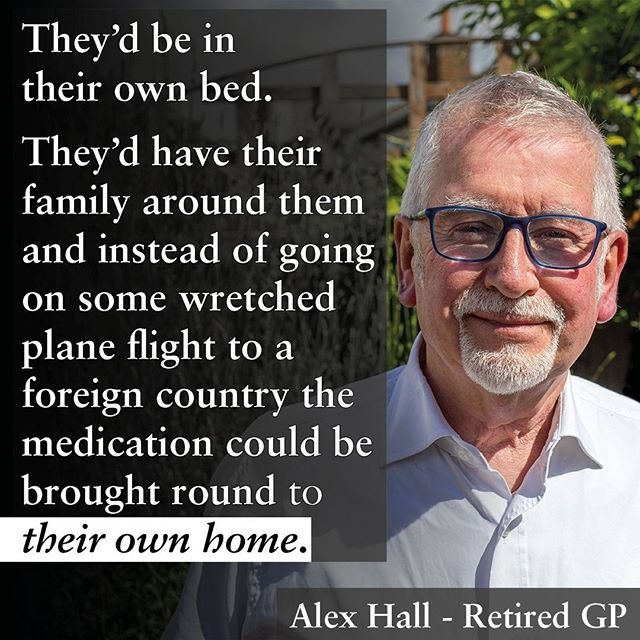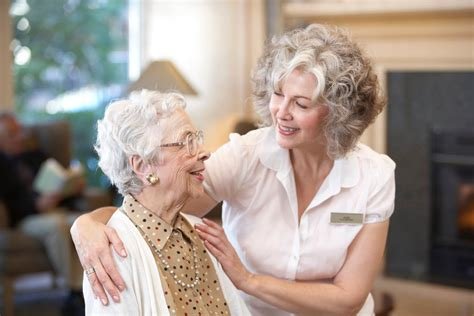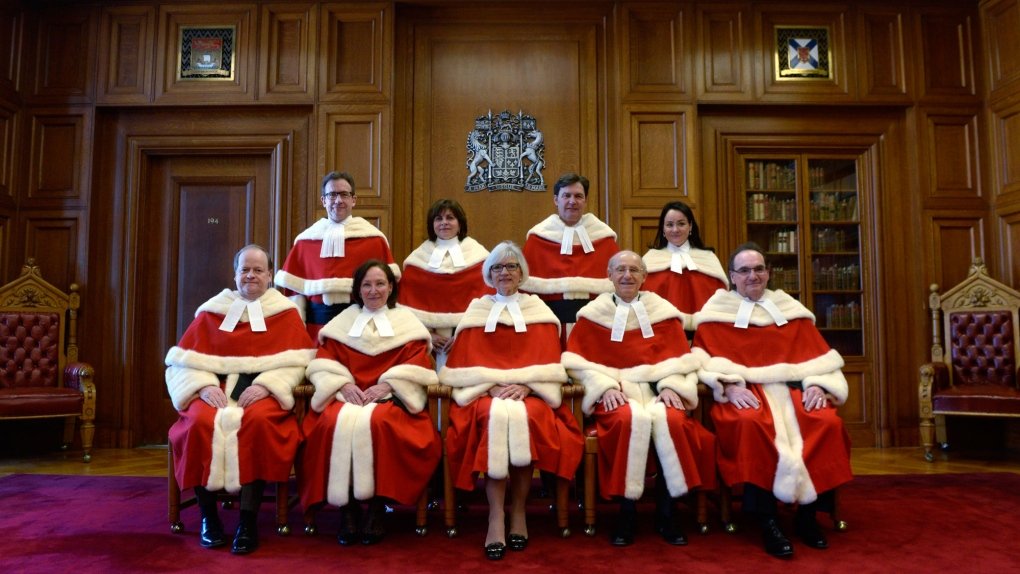The Case Against Assisted Suicide
(Title photo by Jcomp on Freepic)
Part II: Arguments against Assisted Suicide
(PART I: THE CASE FOR)
In a healthy peacetime society, social programs and legislation should default to the protection of the vulnerable.
Personal autonomy & choice are not paramount if a decision harms others.
The Right to Life & the ‘Right to Die’ (as in“the right to be killed”) are incompatible.
Killing is the ultimate bodily harm. It is Orwellian to claim compassion, respect and dignity while killing oneself, or another person.
Introduction
One of the few absolutely true statements any human can make is that ‘we are all going to die.’
Recent medical advances are so effective they are beyond Hippocrates wildest dreams, yet we fear death more than ever before. The title photographs of these two articles mirror my view of Assisted Suicide v. Palliative Care — the former is more likely to be a bleak and solitary affair.
From @dignityindying
Organizations like Dignity in Dying tout the ability to ‘celebrate’ your exit with friends and family cheering you onward — into nothingness.
This idyllic scenario may happen, but there are probably more families who are ambivalent about “the choice,” while others are frankly opposed and some even traumatised when assisted suicide is used as a weapon.
The request for assisted suicide may be the “turning the face to the wall” of a lonely, scared person. Much like a regular suicide attempt, it may be a call for help.
Absolutely, it can be lonely to die in a hospice or palliative care unit, but staff usually notice when friends and family are absent and they try to fill that gap. They will hold your hand — not just for the final few minutes but during the preceding hours and days and weeks.
Canada
A society’s ‘default setting’ should be to the protection of vulnerable citizens.
Thanks to our activist Supreme Court, the opposite has happened in Canada where euthanasia has been offered to military veterans with PTSD; to a paraplegic vet who just needed a chair-life for the stairs; the poor who are being evicted from lodgings; disabled who cannot get adequate home-care services, etc.
Supreme Court of Canada with former Chief Justice, the Rt. Hon. Beverley McLachlin (center front.)
Curiously, the Supreme Court of Canada holds a very fixed & seemingly contradictory position on Capital Punishment. The Court completely opposes the death penalty, so not one innocent person will ever be executed in error.
“The law holds that it is better that ten guilty persons escape, than that one innocent suffer.” (Blackstone.)
With voluntary euthanasia, the Justices seem comfortable with any number of inappropriate deaths through possible duress, incapacity, coercion, abuse and soon, mental illness (March 2024.) Advocates are pushing for the inclusion of “mature minors” — down to 12 years of age. This is a nauseating idea, yet no gainsay from the Supreme Court.
Humanistic Argument
To argue this position from a religious point of view would mean the article is dismissed by atheists and most humanists, out of hand. So — as in Part I — I argue the case against assisted suicide/euthanasia using Humanist principles and omit all reference to God or an after-life.
“Roughly speaking, the word humanist has come to mean someone who:
- believes that, in the absence of an afterlife and any discernible purpose to the universe, human beings can act to give their own lives meaning by seeking happiness in this life and helping others to do the same.”
https://humanists.uk/humanism/
From the humanist viewpoint it appears what is ‘moral’ is that which benefits others and humanity in general. This indicates a selflessness and beneficence towards our fellow human being. The Corollary is that a personal decision which harms others is immoral. (Humanist morality is not codified, as with a formal religion.)
THE HARM
The harm from assisted suicide and euthanasia has been noted in several CA articles. (Two below.)
Assisted suicide and euthanasia are linked with significant increases in regular non-assisted suicide both in the Netherlands, and the US states which legalised AS. (My guess is that Canada will not show the same increase because of poor reporting and euthanasia for mental illness being implemented in March 2024.) Young anorexics have been euthanised in the Netherlands. Transgendered people are already applying. Maybe Autistics next? So where will it end?
“I’m the future version of myself who survived to tell you this.”
Garifalia (Lia) Milousis.
I believe there have been no studies into the effects of AS/VE on the children of parent recipients. One can guess that there will be significant psychological damage: “I didn’t love Mommy enough to make her stay.” It will be years before we see whether as adults, these children choose AS/VE more than others. I suspect that it will be an increasing cycle of death.
One can perceive an element of Stockholm Syndrome in the spouses who go on social media touting the benefits of AS/VE. The media celebrates assisted suicide as being heroic, so they encourage ‘suicide contagion’: the Werther effect. In many countries there has been damage to the development of palliative-care services, which deprives other people of essential care in their final hours, days and weeks.
Humans learn through coping with adversity. Sadly, many young adults are not learning effective coping skills because of the prevalence of Emotional Reasoning. This will lead to increased requests for assisted suicide/euthanasia, but death is not a treatment for anorexia, gender identity, autism, poverty, disability or “suffering.”
The applicants to medical and nursing school are going to change, when Pro-Lifers look for work elsewhere. There is a significant loss of trust in major institutions such as the government, the Supreme Court of Canada and the Charter of Rights and Freedoms. As life is devalued, there will be growing acceptance of infanticide, involuntary euthanasia, torture (Abu Ghraib) and perhaps even capital punishment.
Usual Arguments supporting Assisted Suicide
Compassion: True “compassion” is trying to relieve physical and existential pain without killing the person. Killing is the ultimate bodily harm.
Personal Autonomy & Choice: are not paramount if the decision harms others.
DiD posted several Tweets about Charles (on the right >>>) who tragically committed suicide at 94, after being diagnosed with cancer.
They claim that “this was not the end her father deserved” though he had clearly used his autonomy and choice to prepare for ending his life “on his own terms.” DiD’s stance is that he should have killed himself with poison in his own bed — disingenuous at best.
Charles needed psychological or psychiatric care, not an alternative way to kill himself.
Legal Safeguards: there are reports of most every safeguard having been broken somewhere in the world. DiD claims:
“Assisted dying has worked safely in Oregon, USA, since 1997. Many other US States have followed Oregon’s example and have introduced similar laws. There have been no cases of abuse of assisted dying in the USA.” This claim is beyond belief when the evidence shows that depression is high in this group, and:
Legal Protections: are so broad in many countries that even psychopaths have protection under the law when getting their jollies.
Dignity & Respect: It is simply not respectful to put down a human being in the same way we put down a dog. Even when dying, every person has value and worth.
Cruelty — the real cruelty is the fear of death which the Pro-death lobby are intentionally instilling into the public. There is also the gradual destruction of palliative care which harms the care of others.
Loss of Control — In Canada applicants relinquish almost all control to the assessors and administrators of euthanasia. If they truly wanted personal control and autonomy, they would not have another person kill them, rather they would do it themselves.
Curiously the DID requirement for competency at the time of death also requires some people to make their choice earlier than they would prefer.
“It is legal in many places” & “many support the principle of assisted suicide.”
Slavery was once ‘legal in many places’ and ‘many supported the principle’ of owning human beings. Large numbers being in favour of something has nothing to do with a logical validation.
My Life, My Death…My Choice?
We all have the freedom — the free will — to kill ourselves. That does not translate into “a Right to Die” as in a right to kill yourself, or be killed at the hand of another citizen. Also, we have the right to decide if we will take a specific medical treatment, or not. Refusal of treatment allows the natural progression of illness — that is not ‘passive euthanasia.’ (Euthanasia is always active.)
Suicide is a selfish choice.
Suicide harms other people and society in general. My argument in Part I was based on control, privacy and my fear of losing cognition, all caused by pride and toxic autonomy.
There is a natural ebb and flow in life and it is okay to admit when we need help. Such help might include expert palliative care which treats physical, psychological, social and spiritual needs. It is good for the next generation to see how the old folk can make the best of a bad situation.
Morally, palliative care should be universally available (24/7/365) long before even a secular society gives any consideration to Assisted Suicide. It is moral bankruptcy to do otherwise.
Loneliness is a prime risk factor for those requesting assisted suicide and loneliness has exponentially increased in our modern, post-lock-down, isolated world. So, is there a solution?
Absolutely! Get together with family for that chat about the old times! Have that hug & cry. Have that Bushmills with some friends, old or new. Now! Do not wait to feel appreciated and do not wait to make someone else feel valued too!
Kevin Hay
(You can follow Kevin on twitter @kevinhay77 )








